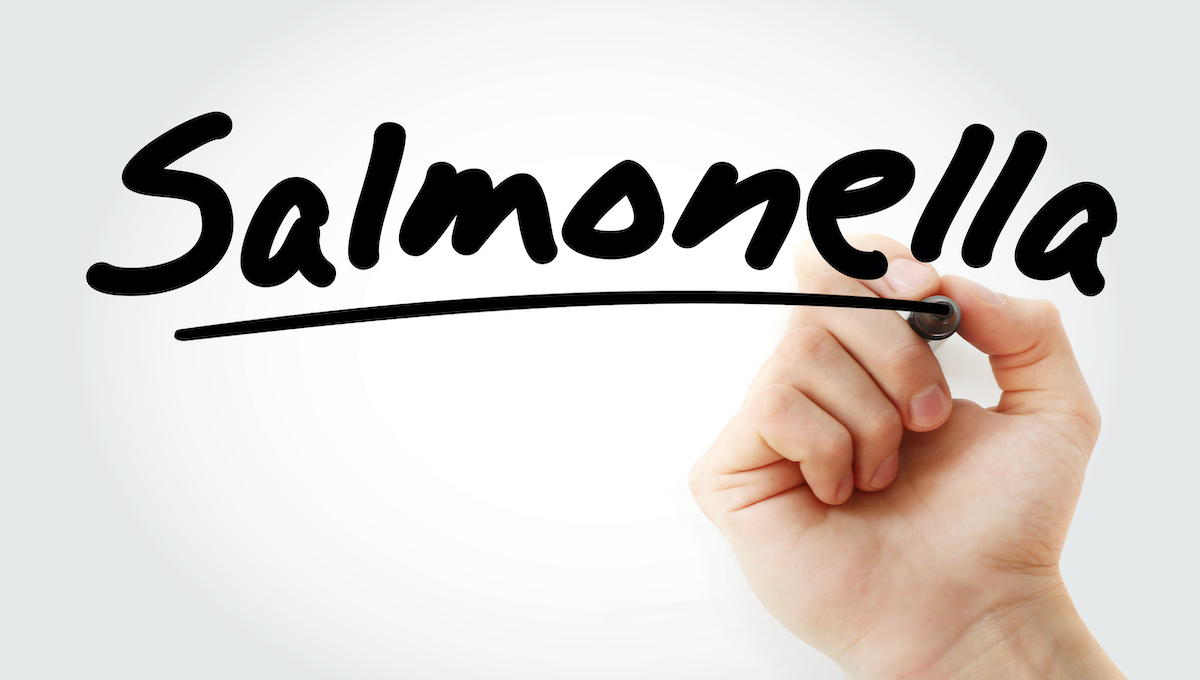The Ferrero recall linked to a Salmonella outbreak is likely one of the largest withdrawals of chocolate products in European commercial history, given timing in relation to Easter and wide distribution, according to a study.
An outbreak of monophasic Salmonella Typhimurium in at least 10 countries, mostly affecting young children, has been linked to Kinder chocolate produced by Ferrero in Belgium.
Belgium, France, Germany, Ireland, Luxembourg, the Netherlands, Norway, Spain, Sweden and the United Kingdom have cases while people in Austria and Switzerland may also be affected. Recalls have been issued in the United States and Canada but there are no related illnesses in those two countries.
Due to under-reporting of Salmonella surveillance systems and the varying sensitivities of microbiological techniques used across European countries, the scale of the outbreak is “certainly underestimated,” considering that very high volumes of the implicated chocolate products are consumed in the European Union and the UK, said researchers in the journal Eurosurveillance.
Outbreak detected in the UK
The first patient detected was in the UK on Jan. 7, with a sampling date of Dec. 21, 2021. In February, a cluster of eight cases of monophasic Salmonella Typhimurium (1,4,5,12:i:-) sequence type (ST) 34 was identified in the UK. The cluster was unusual, with all but one case younger than 10.
While the period between initial detection of the outbreak and subsequent measures at international level took more than two months, once definitive epidemiological links with the implicated product were made, control actions followed rapidly, said researchers.
Monophasic Salmonella Typhimurium matching the outbreak strain was identified at the Ferrero factory in Arlon in mid-December 2021 by the company. However, EU officials said the first UK case in December cannot be explained by contamination found in the processing plant in the same month, suggesting earlier problems or another source.
Following the UK’s report on a European platform on Feb. 17 and another alert on March 25, Germany, Sweden, France, the Netherlands, Luxembourg, Norway, Ireland, Belgium, and Spain reported confirmed or probable cases. The latest sampling date is from the UK on March 28.
Belgian authorities stopped production at the facility in April, and the International Food Safety Authorities Network (INFOSAN) issued an alert notifying 77 countries and territories about distribution of the implicated products. An investigation was also opened by the Luxembourg Public Prosecutor’s Office.
Brazilian officials have banned the sale and import of Kinder products manufactured by Ferrero in Belgium. This is despite the country not being on the list of nations that received the potentially contaminated items.
High hospitalization rate
Investigations showed the 150 cases ranged in age from 8 months to 56 years old, but 134 were under the age of 10 and 99 were female. A total of 49 of 116 cases were hospitalized, which is a higher rate than usual for salmonellosis outbreaks.
Overall, 88 of 101 interviewed sick people in 10 countries reported consumption of various Ferrero chocolate products.
Ferrero positives came from sampling of the processing equipment — the buttermilk ingredient tanks — in mid-December 2021 and January 2022. Some chocolate products were distributed after negative Salmonella testing. The Arlon plant makes about 7 percent of the total Kinder products manufactured globally on a yearly basis.
At least 10 implicated product samples, from cases’ homes, have been tested in four countries, with negative results. Previous investigations have found only small amounts of Salmonella bacteria from sampling of chocolate products, suggesting that contamination may be difficult to detect, according to the study. This is supported by information from the German Federal Institute for Risk Assessment (BfR) on Salmonella in chocolate.
Investigations are ongoing to define common sourcing of raw ingredients. Root cause analysis for the outbreak is also continuing to find whether it was caused by a contaminated ingredient or another potentially multi-strain source of contamination.
Researchers also noted the multidrug resistance profile of the outbreak strain. However, they said it is susceptible to fluoroquinolones, azithromycin and third-generation cephalosporins which provide effective treatment options for cases of bloodstream infection.
(To sign up for a free subscription to Food Safety News, click here.)

